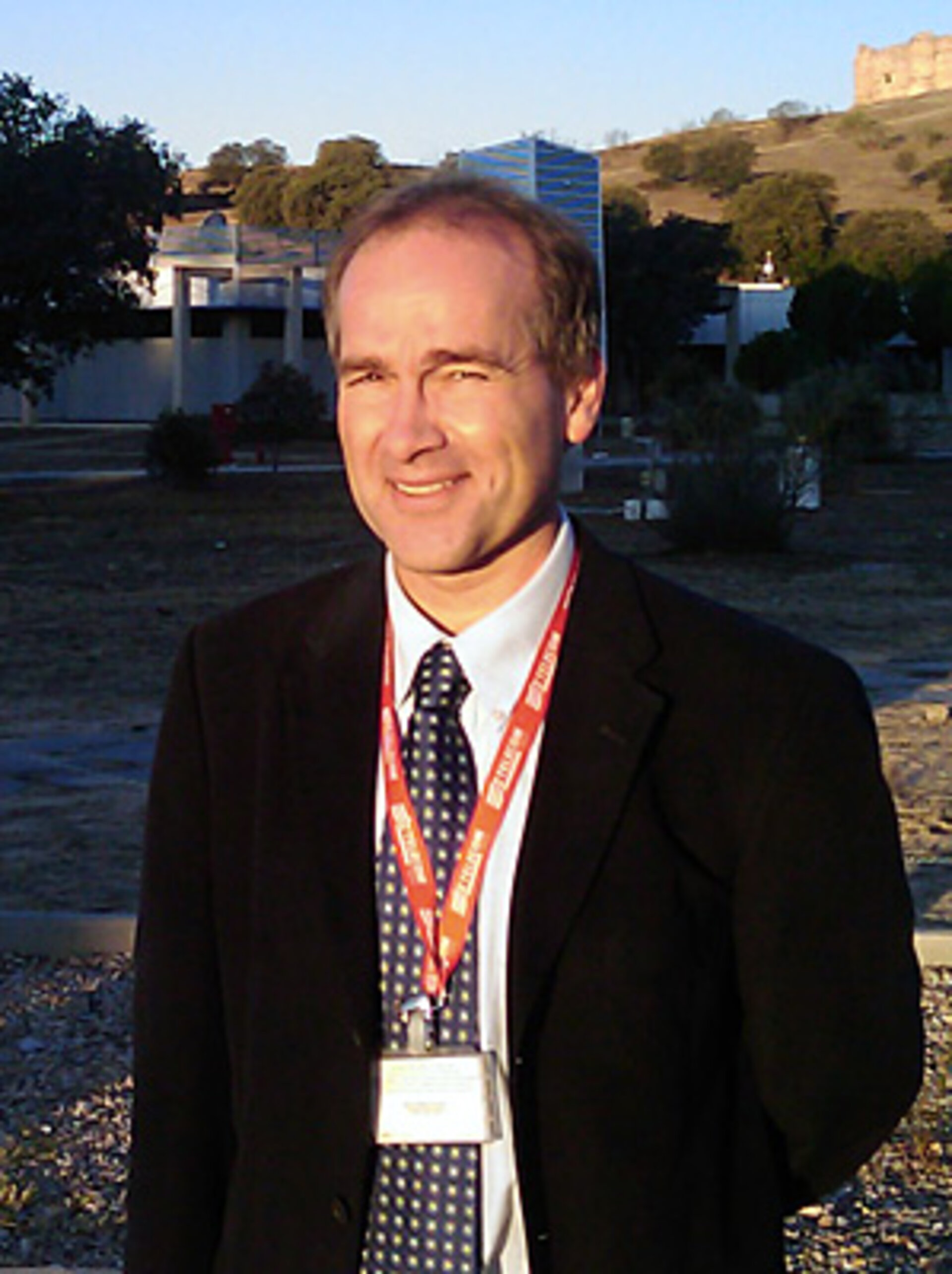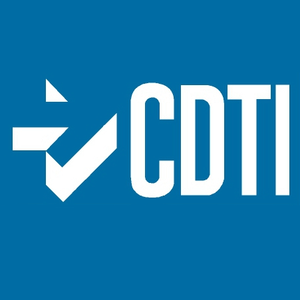SMOS Payload Data Ground Segment Manager: interview with Norrie Wright
Norrie Wright manages the implementation and early operations of the SMOS Payload Data Ground Segment (PDGS).

Wright, a native of Canada, began working at ESA’s European Space Research and Technology Centre (ESTEC) in the Netherlands in 2001 and relocated to ESA’s Centre for Earth Observation (ESRIN) in Italy in 2003. He has been working with the SMOS mission since 2004.
Wright earned a degree in Engineering Physics at the University of British Columbia in Vancouver in 1987 and a Masters in Geophysics from the University of Toronto in 1989. Before joining ESA, he worked 11 years in industry in Canada and France, developing systems for Earth observation missions.
ESA: What role does the PDGS play in the mission?
Norrie Wright
The PDGS of SMOS is responsible for acquiring the instrument housekeeping and science data on the ground, converting that data into scientific products and delivering those products to the user communities. In addition, the PDGS is responsible for the long-term archiving of the data and its eventual reprocessing as advances are made in terms of algorithms.
ESA: The SMOS mission has been a collaborative approach with significant contributions from Member States. Would you briefly describe the role of the different agencies comprising the ground segment?
Norrie Wright
SMOS is a collaboration between ESA, CNES (French space agency) and Spain’s CDTI (Centro para el Desarrollo Technologico Industrial). ESA is responsible for the management of the overall mission development and operations. Acting as a technical partner, CNES has provided the satellite operations centre in Toulouse, France, and expertise in the processing algorithm development. CDTI has provided funding for the development of the instrument operations and the data processing centre at ESA’s European Space Astronomy Centre (ESAC), in Villafranca, Spain.
ESA: What challenges has the PDGS team faced with the SMOS instrument in terms of data processing and distribution?
Norrie Wright
Being an Earth Explorer satellite, SMOS uses a very novel instrument and this has naturally meant a challenging programme to design, implement and verify the data processing algorithms. Improvements to the algorithms have had to be injected regularly into the PDGS with the latest versions fully integrated just weeks before launch. Such updates have become commonplace and, as with any highly original mission, will likely be a regular part of the operations as the algorithms are further refined. The main data distribution channel for SMOS re-uses ESA’s Earth Observation High Speed Network (HiSEEN), allowing most users to access their products of interest via the Internet.
ESA: ESA’s Earth Explorer GOCE satellite launched earlier this year. Will the PDGS architectural design set up for GOCE be used for this mission?
Norrie Wright
The same implementation standards and general architecture used in other Earth Explorer missions have been applied to the development of SMOS’s ground segment. In particular the long-term archive and user services have been implemented re-using elements of the multi-mission infrastructure common to other missions.
Conversely, due to a unique procurement approach, many of the PDGS elements for SMOS had to be developed from scratch as opposed to re-using existing systems from other missions. One part of SMOS that is particularly unique is the concentration of activities at ESAC. SMOS will be the first Earth observation mission to make use of this site.
ESA: How will SMOS data be delivered to users?
Norrie Wright
Data will be made available to registered users electronically via the Internet. Users will be able to download data from one of several access points in the SMOS ground segment or can alternatively have the data sent directly to their own servers.
ESA: What is your involvement over the lifetime of the SMOS mission?
Norrie Wright
My role is to manage the implementation and early operations of the SMOS Payload Ground Segment. This started in 2005 by writing the technical requirements and negotiating a contractual baseline with industry. The last phase of my job will be the completion of the transition from the development to routine operations which will finish by the end of the commissioning phase, roughly six months after the launch.
Editor's note:
This is one in a series of interviews with a few of the key people involved in the SMOS mission. Please check back, as the list will be added to over the coming weeks.




